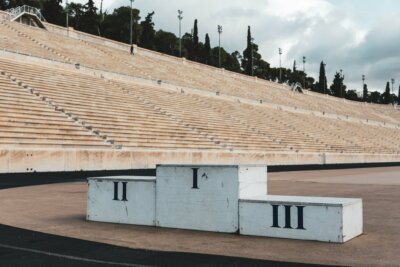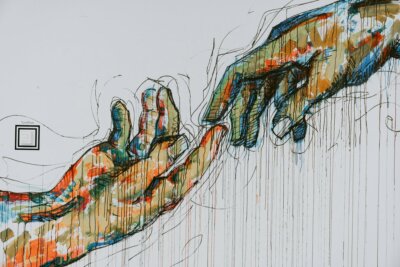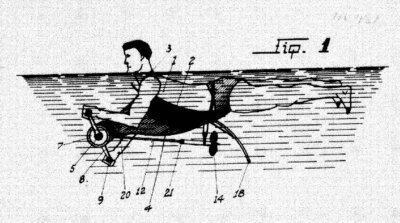In September, children go back to school and it’s time to register for leisure activities, but it’s also time to go back to sports club! It is the opportunity for us to present you some innovations which aim to improve athletic performances and make sport practice more enjoyable. France is quite competitive in terms of innovation.
Sciences 2024: science to serve sportsmen at the Olympic Games
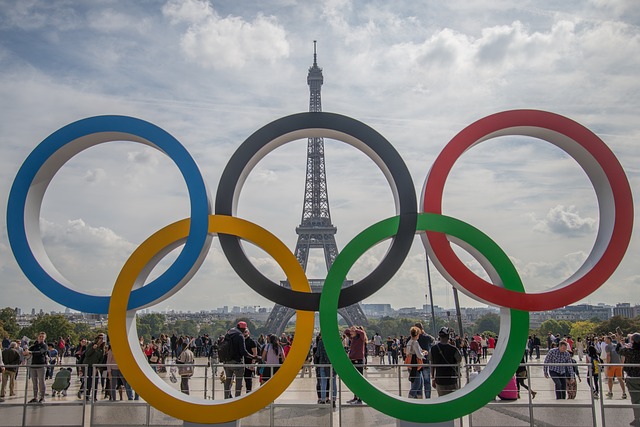
On September 4, the collective research program Sciences 2024 has been launched. It has a clear objective: to improve the performances of athletes during the Olympic Games and increase the chances to win medals.
For the first time in France, scientists from 11 prestigious universities and the CNRS (France’s National Scientific Research Center) gathered to respond to the problems identified by top-level athletes and analyze the areas in which science is able to be of help. The goal of such project is to develop innovation in various sectors associated with sport like virtual reality, textiles, new materials, biometrics, sensors and measures.
With this program, scientists hope to be able to assess the parameters that will allow our champions to win strength and efficiency: contact surface and friction, humidity, synchronicity measure, materials, etc. All in all, 500 research projects are expected to be implemented by 2024.
Clothing and materials at the cutting edge of technology
Innovations in sportwear are mostly related to materials and benefits to athletes.
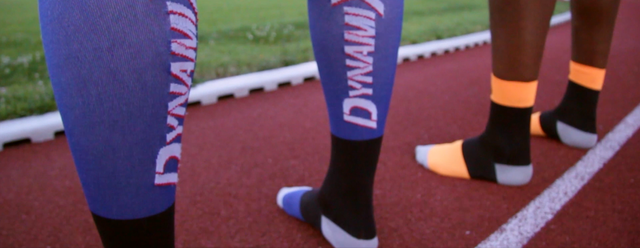
Recently, the French company D.Ter has created the buzz with its “DYNAMIX” socks, a patented technology dedicated to sportsmen. These socks have carbon reinforcements to strengthen the ligaments of the ankle and minimize the risk of injuries as sprains, periostitis and Achilles tendon ruptures. They were created as a result of exchanges with athletes and physiotherapists to be both effective and comfortable.
There are also products which facilitate recovery of sportsmen, like Under Armour’s Athlete Recovery Sleepwear, that improves sleep and regulates cell metabolism through an infra-red energy restitution system.
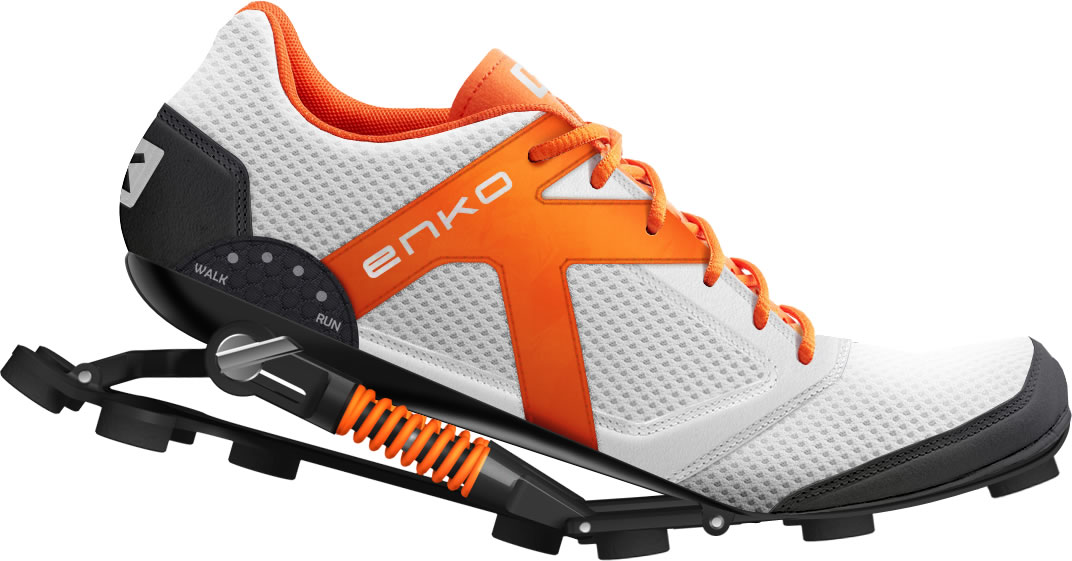
Enko’s running shoe proposes an exclusive patented system of double-sole mechanical cushioning. The shoe enables to cushion the impact of shocks when running thanks to springs adapted to the weight of the runner.
In terms of new accessories, there are EVVO’s innovative snowshoes developed with Michelin that enable to walk on any type of soil.
In the field of intelligent textiles, we find out about Clim8, which is a body temperature control technology thanks to thermal sensors linked to a mobile application. If need be, the system turns on to warm up the body.
Besides, new lighter and tougher waterproof textiles are emerging and enable new sports applications.
Lastly, 3D printing makes its appearance: at the last Olympic Games, French athlete Martin Fourcade had a tailor-made rifle butt manufactured by Athletics 3D.
IoT and image, tools to measure and improve one’s performance
Many connected devices come to light and enter people’s home and sports clubs in order to analyze users’ data for a better assessment of their performance and a better tracking.
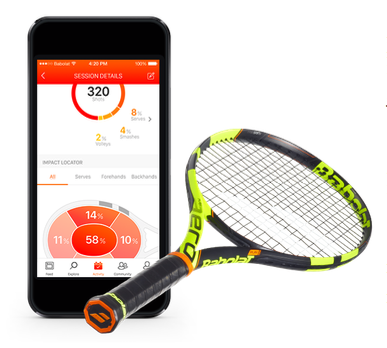
One particular case is the Babolat tennis racket that analyzes the game performances in terms of strength, endurance, localization of the ball impact, service speed, etc.
For cyclists, Cosmo Connected’s Cosmo Bike developed a connected light that can be placed at the back of the helmet to indicate braking and changing directions. It can detect falls and is geolocated. It is also a French start-up.
Analysis sensors and video recording devices are also increasingly sought by sports clubs to improve their players’ performance: analysis of the movement amplitude, angles formed by arms and legs, synchronicity of the team, fatigue detection, etc. The LUXOV Touch measuring system, for example, is a system of connected climbing holds with touch detection so that the climber can track its course (speed, time…).
In the field of fitness, there are also developments, like the Black Box start-up which proposes a virtual reality fitness room. This innovation has won the CES Consumer Electronic Show Innovation Award in 2018.
Well-known to the general public too, fitness trackers that are able to count the number of steps in a day, to measure heart rate and estimate the 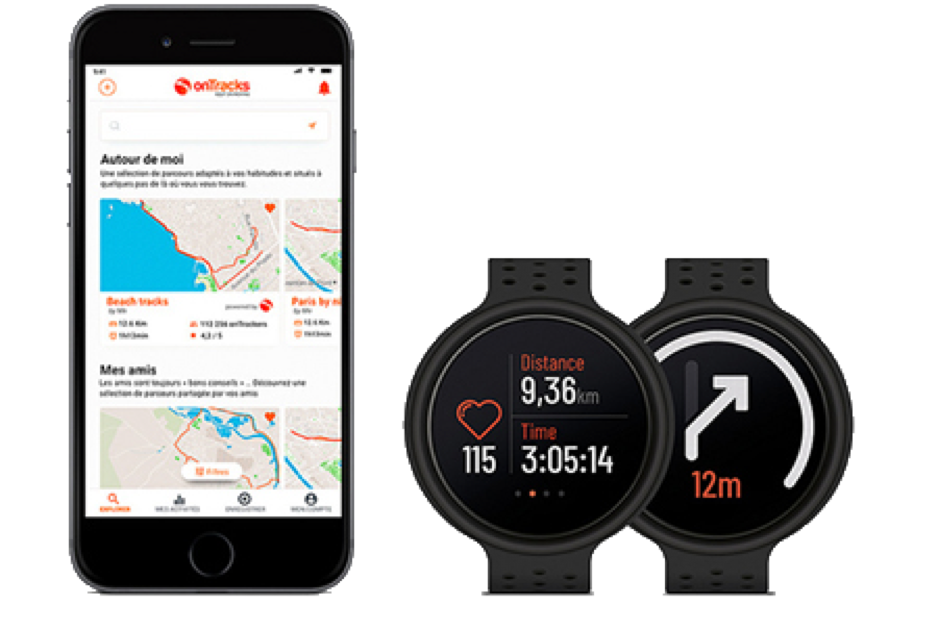 number of calories burned. Some wristlets are even GPS-equipped, like Garmin Vivosport or the new Guidewatches by onTracks, a GPS watch that operates through vibration. This watch is made up of two parts to be positioned on each wrist that vibrate on the side where the user needs to turn, avoiding him to look at his phone when hiking.
number of calories burned. Some wristlets are even GPS-equipped, like Garmin Vivosport or the new Guidewatches by onTracks, a GPS watch that operates through vibration. This watch is made up of two parts to be positioned on each wrist that vibrate on the side where the user needs to turn, avoiding him to look at his phone when hiking.
Major players like Samsung, Apple and Google (Google Coach watch) intend to develop this IoT sector.
What about sport in the future?
Today we talk a lot about robots and AI. They enter in the sport sector too! The French city of Bordeaux was selected to host the upcoming robot football World Cup in 2020. This “RoboCup” already gathers participants from 45 countries and 5000 robots throughout 450 teams.
So, will we soon see robot Olympics?

Sources of the article:
https://lejournal.cnrs.fr/articles/pour-les-jo-de-2024-sportifs-et-scientifiques-font-equipe
www.enpc.fr/sites/enpc.fr/files/documents/dp_sciences_2024.pdf
https://sciences2024.polytechnique.fr/
https://hellobiz.fr/2018/08/16/cette-chaussette-de-sport-protege-entorses/
https://enko-running-shoes.com/fr/
www.futura-sciences.com/tech/dossiers/technologie-enjeux-textiles-futur-1899/page/2/
www.lequipe.fr/Coaching/Fitness/Diaporama/Top-5-des-innovations-sport-2017/5974
www.objetconnecte.net/google-coach-montre-connectee/
www.objetconnecte.net/guidewatches-montre-connectee-guide/
www.objetconnecte.net/category/sport-connecte/
www.luxov-connect.com/produits/#touch
https://sciencepost.fr/2018/01/voici-lblack-box-vr-salle-de-gym-realite-virtuelle/
www.clubic.com/mag/sport/actualite-844922-coupe-monde-football-robotique-tiendra-bordeaux.html


